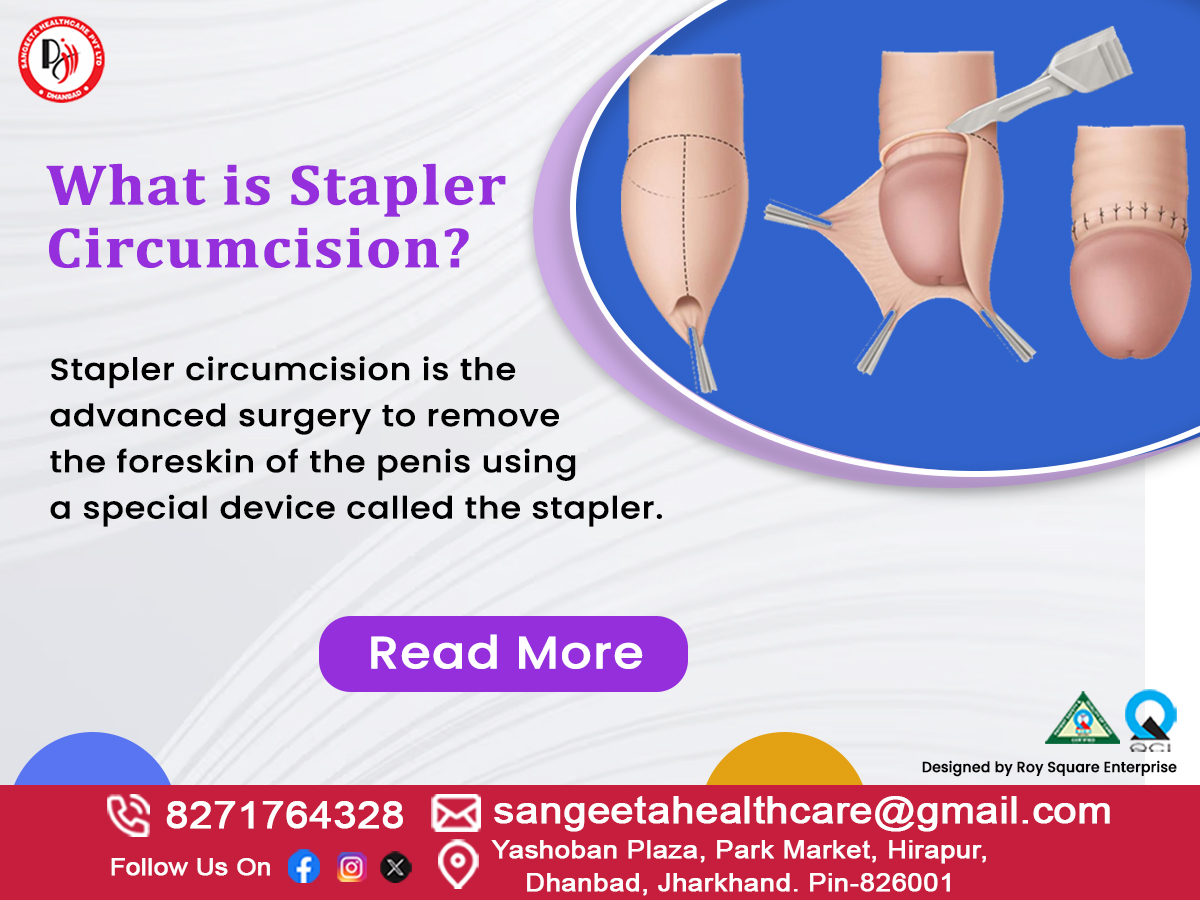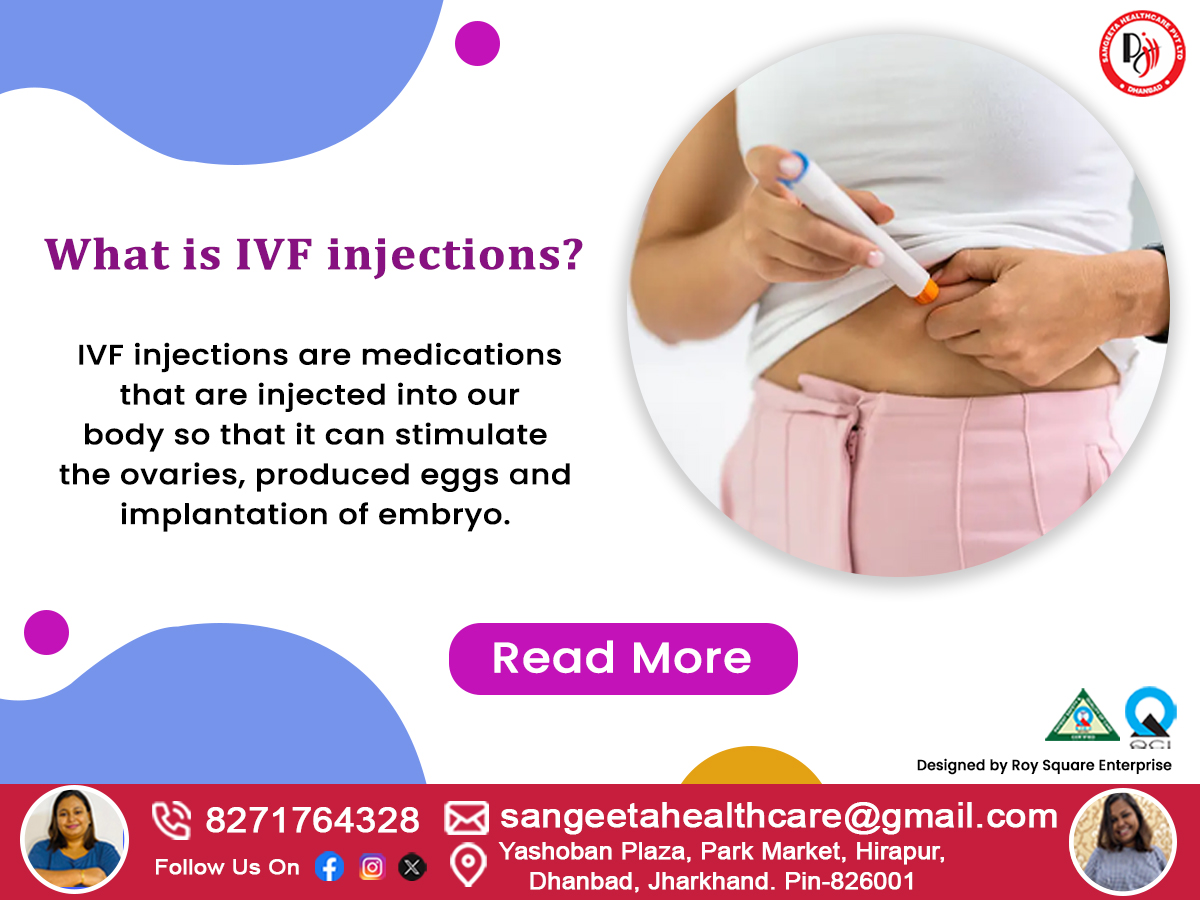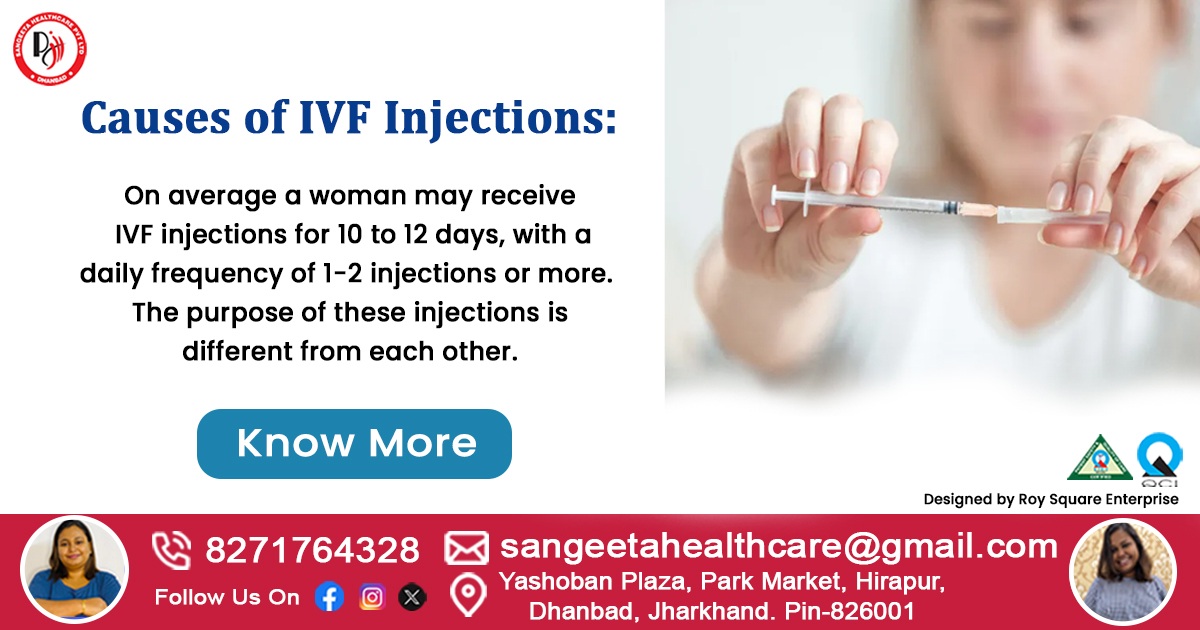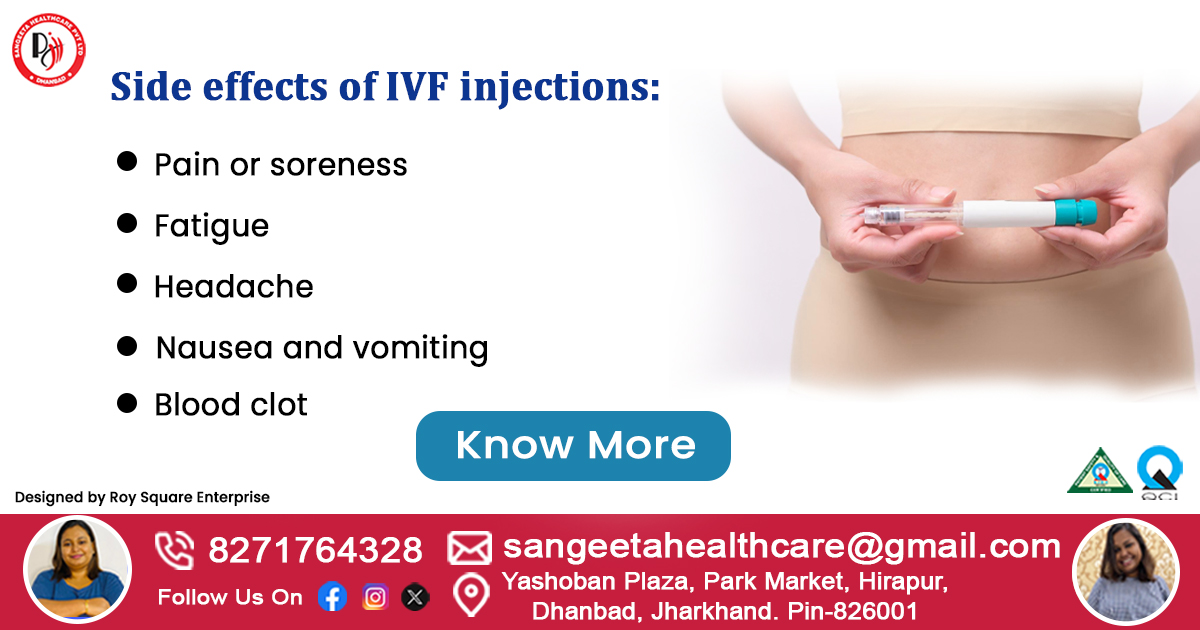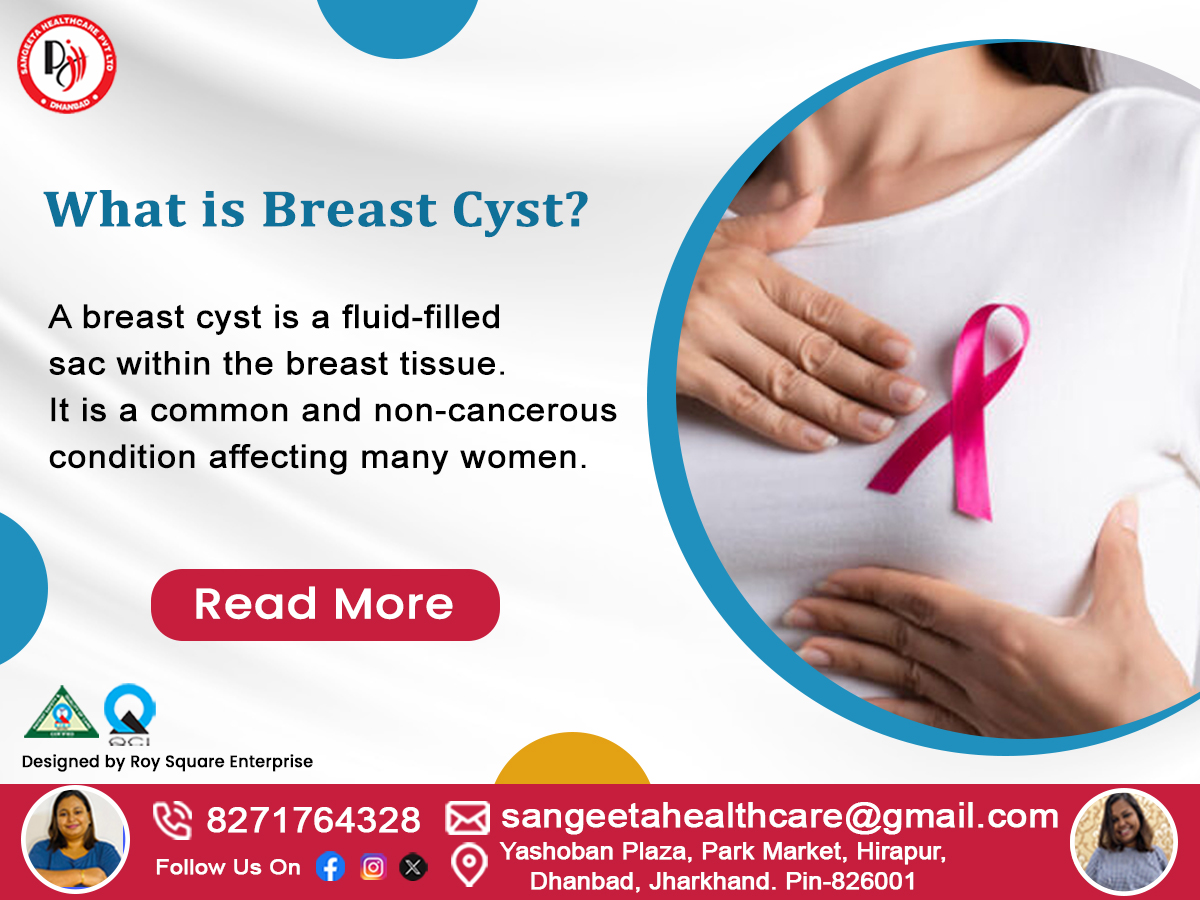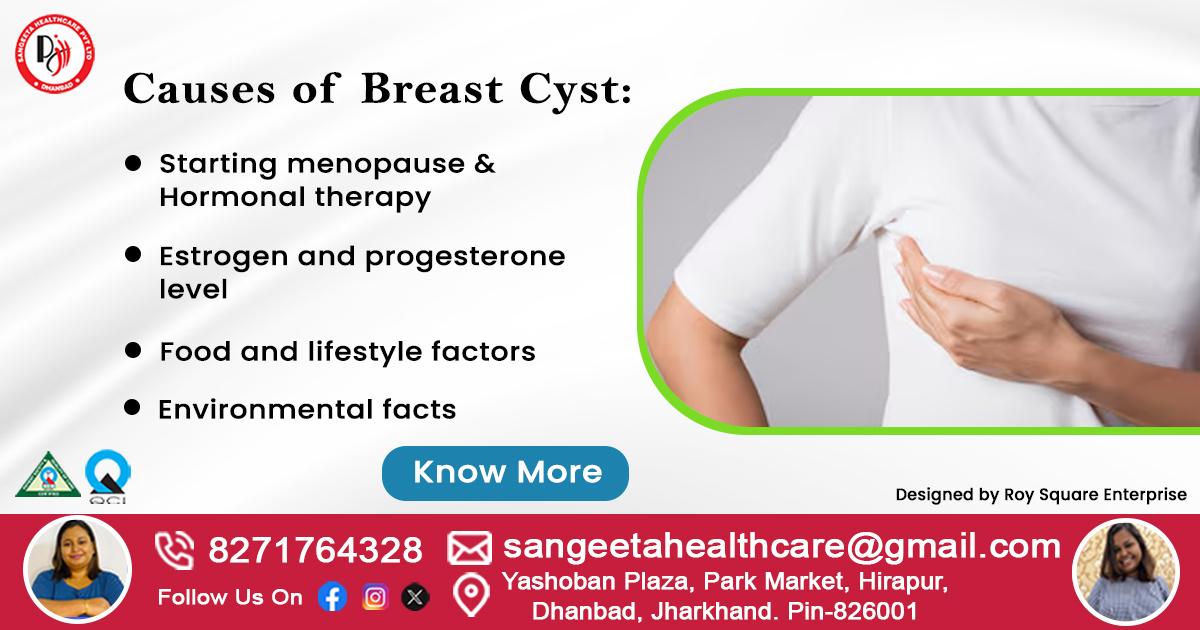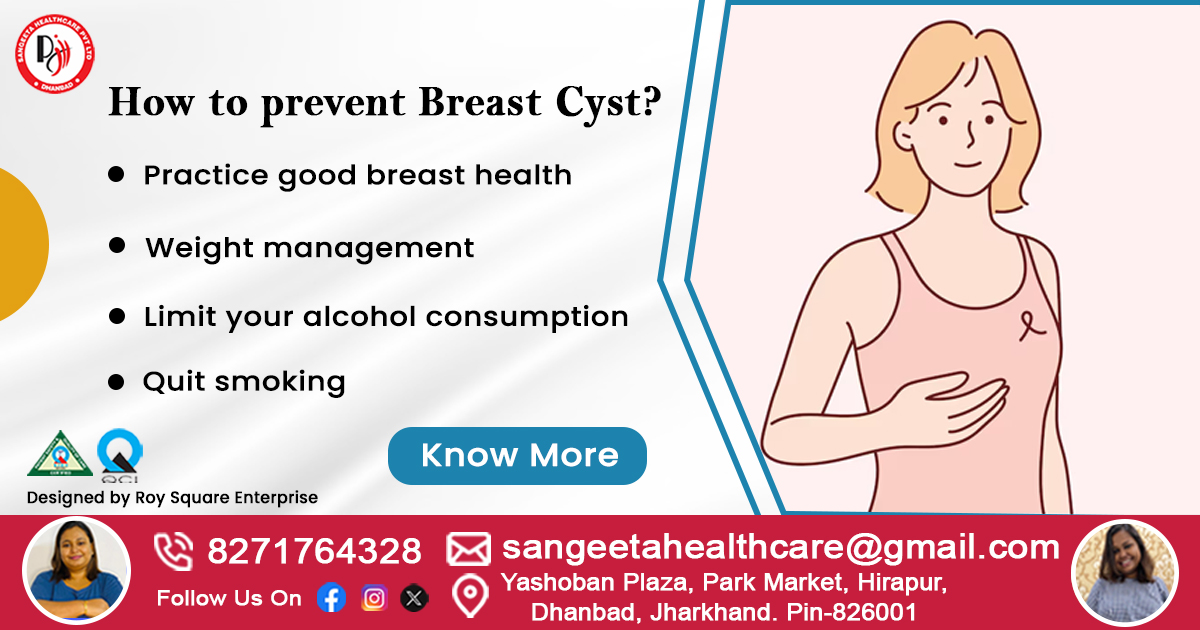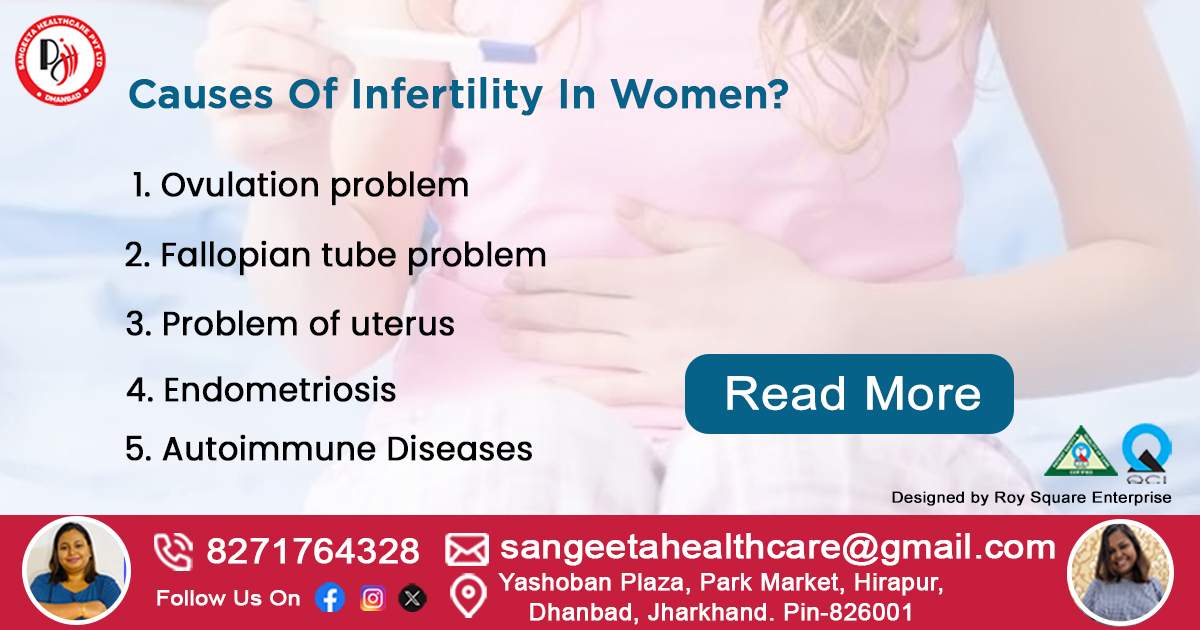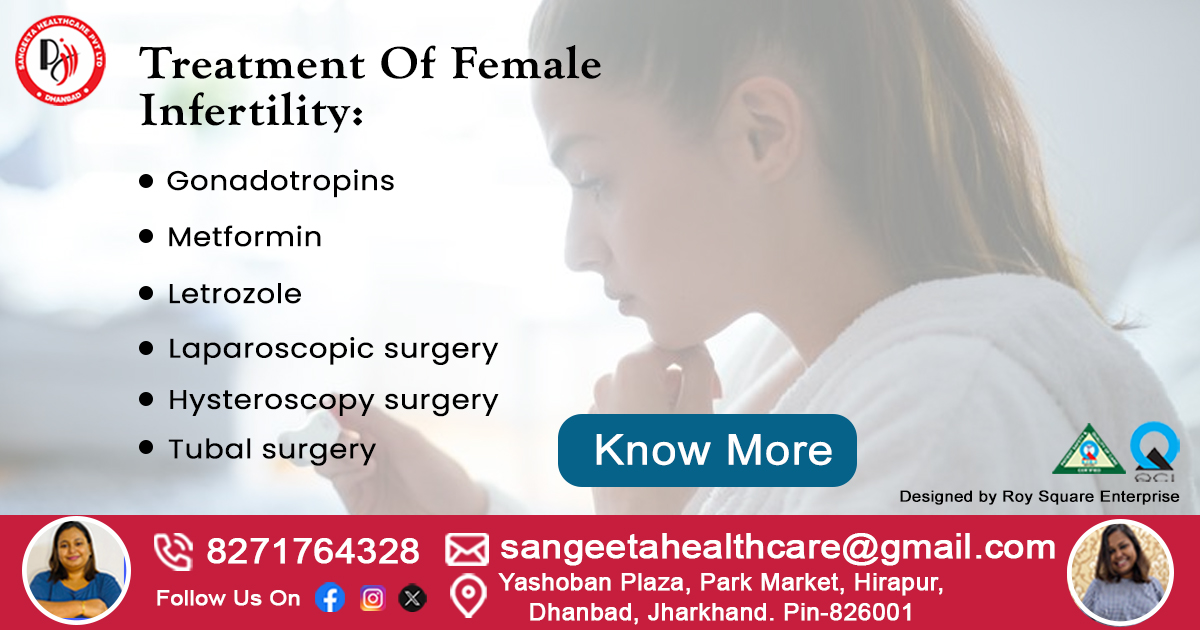Circumcision is a surgical procedure of removing the foreskin of the penis. The foreskin covers the tip of the penis. Circumcision has cultural, religious, and health importance in many communities. It is very much common for newborn babies, assigned male at birth (AMAB). Adults can also get it. There are several circumcision options available from traditional to modern techniques. Stapler circumcision is one of them. Stapler circumcision is the an advanced surgery that removes the foreskin of the penis using a special device called the stapler. This process is very much safe and efficient compared to traditional ones.
Why circumcision is required?
Health conditions that can be cured through circumcision are-
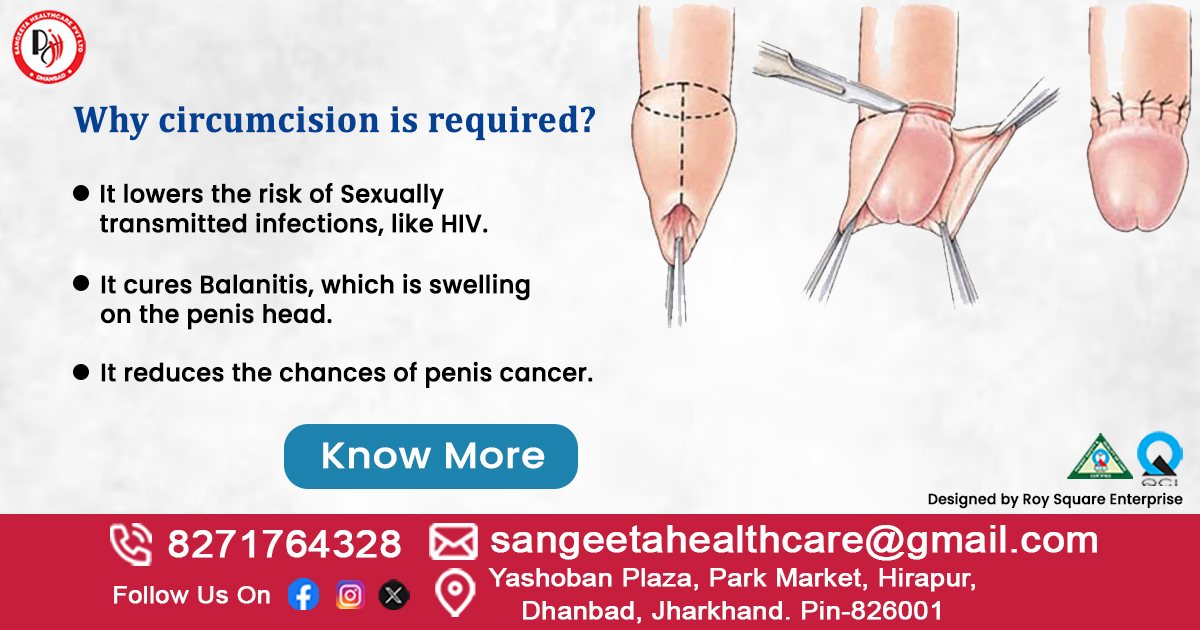
- It lowers the risk of Sexually transmitted infections, like HIV.
- It also helps to prevent any kind of Urinary tract infections.
- It cures Balanitis, which is swelling on the penis head.
- It reduces the chances of penis cancer.
- Sometimes we notice inflammation (Balanoposthitis) on the head of the penis, this happens due to the uncircumcised, as it gets hard and impossible to pull back. So, circumcision can prevent penile problems.
Procedure of Stapler Circumcision
The procedure of stapler circumcision is very much advanced than the other traditional ones.
- Firstly, local or general anesthesia will be received. But it is not recommended for babies under one year of age. Then your genital area will be cleaned.
- An incision is then made to affix the equipment. Then the equipment that looks like a stapler, will be placed around the penis head. A proper fixation technique is necessary to prevent complications, such as tearing of the foreskin, incomplete removal of the foreskin, and injury to the glans.
- The stapler device removes the foreskin swiftly in a single motion. At the same time, the incisions are sealed with a silicone ring and non-absorbable staples. The stapler remains in place for 3 minutes after activation, ensuring complete removal of the foreskin and preventing compression of blood vessels.
- To remove the device your doctor will simply unscrew it from the penis. Then they will bandage the surgical wound. Maximum 30 minutes will take to complete the whole process. The patient then send for observation. And if everything goes well, the patient can go home the same day of surgery.
You may healed within 3 to 4 days, and after one week you will be completely fine to get back to your daily routine. The silicone ring left on the penis will fall off on its own within 10-14 days once the incision has healed enough.
Post-surgery Rules & Restrictions
If you want to be healed quickly after stapler circumcision you have to be careful of all the restrictions. Take rest, keep observing your healing process, don’t lift heavy things, cycling is prohibited, and try to avoid sexual activities for a few days. If you face any kind of excess swelling, excess bleeding or discomfort you should contact your doctor.
For babies, don’t give proper baths. Instead, you can give them sponge baths for a few days. Do not rub the penis area or just rinse it with warm water.
Side Effects of Stapler Circumcision After The Surgical Procedure
The process of stapler circumcision is totally safe but still you may receive some side effects of this. Those are
- Family history of bleeding problem: Family history of bleeding disorders can affect you. It’s a condition where blood clot don’t develop easily, so a minor injury can lead to excess bleeding. That’s why, it’s a matter of concern. There are changes that you may bleed excessively after circumcision, if you a family history of this disorder.
- Infections on surgical area: There is a high chance of getting bacterial infections in your operating area. Redness and swelling can be also develop.
- Pain: Patients may have some pain or discomfort after sn operation. But it is manageable with medications.
Benefits of Stapler Circumcision
Stapler circumcision is a minimal surgery and it’s become popular among people for various reasons. Those reasons are –
- Less bleeding: Stapler technique become popular because of it’s less bleeding than traditional method. With the help of modern technology and equipments, excess blood loss during the circumcision process can be controlled.
- Quick treatment: This circumcision process is quicker than the traditional ones. It takes very less time. All the surgical procedure will be done within 30 minutes.
- Less painful: Being a less painful method, this process is in high demand. The traditional circumcision method is quite painful, but this process is less painful.
- Quick recovery period: All we want is quick recovery. Here with the staple circumcision surgery, the recovery period is very quick. It may only take 3 to 4 days to get back in daily normal activities.
How to choose a reliable hospital or clinic for stapler circumcision?
Choosing a reliable hospital is tough. But these points will surely help you.
- The success rate of the hospital or clinic for your selective treatment is very important, try to check that.
- Check if your surgeon is experienced or not
- Make sure the hospital or clinic has all modern equipment
- Compare the treatment cost with other hospitals and clinics before making any decision
- Check the hospital’s or clinic’s reputation
Stapler circumcision cost
The cost of stapler circumcision depends on various factors. Those are mentioned below:-
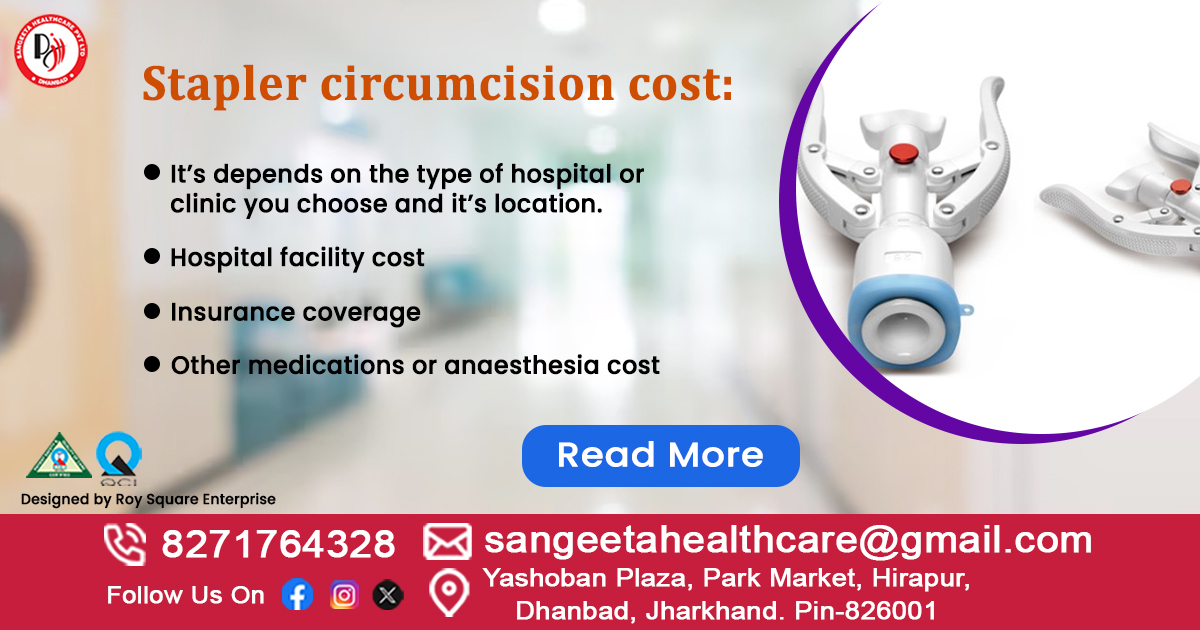
- It’s depends on the type of hospital or clinic you choose and it’s location.
- Fees of the doctor, which is depend on their expertise & experience
- Hospital facility cost
- Insurance coverage
- Other medications or anaesthesia cost
So, the stapler circumcision cost actually varies to the above points. Check all the points carefully.
FAQ: Frequently Asked Questions
- What is stapler circumcision?
Answer: Stapler circumcision is the advanced surgery to remove the foreskin of the penis using a special device called the stapler.
- What are the benefits of stapler circumcision?
Answer: Benefits include of stapler circumcision include, quick procedure, minimal bleeding, reduced risk of complication and faster recovery time.
- What is the recovery time?
Answer: Recovery time is typically faster than traditional circumcision methods. They can be do normal activities within 2-3 days.
- How is the procedure performed?
Answer: The stapler device removes the foreskin in a single motion, sealing the incisions with a silicone ring and non-absorbable staples.
- Is stapler circumcision painful?
Answer: No, this is less painful circumcision procedure. The pain is bearable.
- What is the cost of circumcision?
Answer: The cost of stapler circumcision is depends on various factors, like, 1.Hospital or clinic’s location, 2. Doctor’s fees which depend on their expertise & experience, 3. Facility cost, 4. Insurance coverage, 5. Aaesthesia cost and many others.


